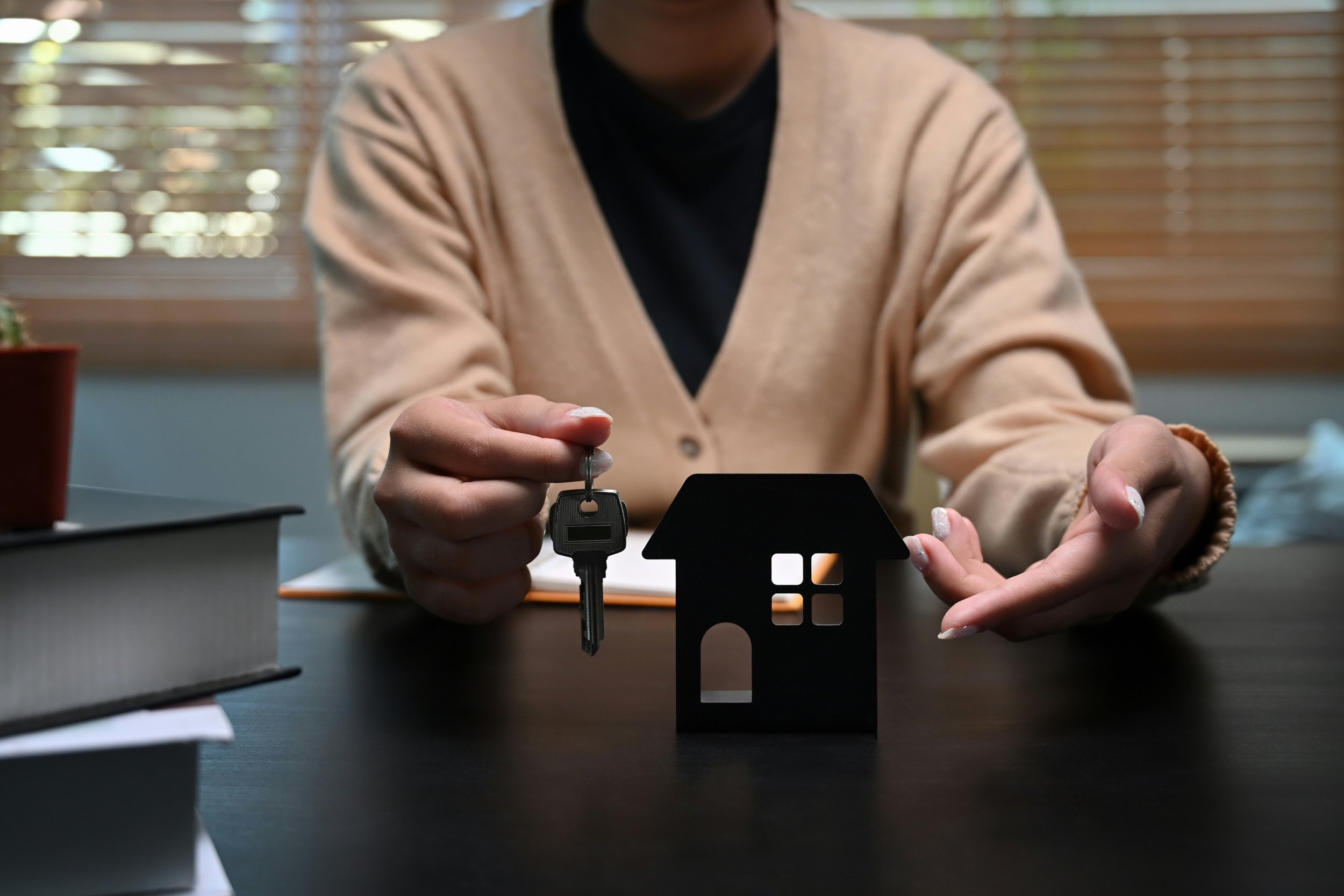Moving into Assisted Living? How to Sell Your Home Fast with Zero Stress
Downsizing for assisted living? Learn how to sell your home quickly and stress-free with expert tips for a smooth, hassle-free transition.
Deciding to move into assisted living is rarely simple. It’s usually a mix of emotions, logistics, and long to-do lists. For many people, the biggest challenge is figuring out what to do with their house.
If you're helping a parent make the transition — or going through it yourself — selling a home quickly and with minimal stress can make everything easier. This guide will walk through how to make it happen, what to expect, and how to avoid common headaches.
Why Homeowners Make the Move to Assisted Living
There are many reasons people choose assisted living. Sometimes it’s about safety. Other times it’s for peace of mind, or because managing a household has simply become too much.
Here are a few common reasons:
Medical needs are increasing
Daily tasks like cooking or cleaning are harder
There's been a fall or close call
Loved ones live too far away to help regularly
Isolation is becoming a concern
Whatever the reason, once the decision has been made, there’s often a time crunch. Moving into assisted living usually means needing to sell the house sooner rather than later.
Selling a Home While Transitioning: What Makes It Difficult
Moving is hard enough on its own. But selling a house while moving into assisted living adds a few more layers of complexity.
Here are a few of the most common challenges:
1. Tight Timelines
Assisted living communities often have limited availability. Once a spot opens, there's a small window to move in. That doesn't leave much time to get the house ready, list it, find a buyer, and close the sale.
2. Emotional Attachments
Selling a home you've lived in for decades, or where you raised a family, can bring up a lot of emotions. Sorting through belongings, saying goodbye to neighbors, and letting go of a lifetime of memories can be emotionally overwhelming.
3. The Home Needs Work
Many older homes haven’t been updated in years. Buyers might expect repairs or upgrades, which can cost thousands. For someone on a fixed income or with limited mobility, this just isn’t realistic.
4. No One to Manage the Process
If family members live out of town or can’t take time off work, it’s hard to coordinate showings, talk with agents, or meet contractors. And if the homeowner has health concerns, managing everything alone may not be an option.
What Most People Don’t Know About Selling Fast
When people think about selling their house, they usually picture cleaning, staging, taking photos, and listing it with a real estate agent. But that process can take weeks or even months.
Here are some average timelines:
Preparing a house for sale: 2–4 weeks
Listing and marketing: 1–2 weeks
Time on market: 30–60+ days
Closing after offer: 30–45 days
That means it could take 3–5 months to sell a home using traditional methods. And that’s assuming everything goes smoothly.
If the home needs repairs, the buyer backs out, or the market slows down, the process can drag on even longer. That’s why many people facing an urgent move look for faster alternatives.
What You Can Do Right Now to Simplify the Process
If you're facing a short timeline and want to reduce the stress, here are some steps you can take right now to make things go more smoothly.
1. Get a Clear Timeline From the Assisted Living Community
Ask about move-in dates, deposits, and what’s required to secure a spot. Some communities allow a temporary hold while the house is being sold, while others expect move-in within a set number of days.
Knowing the timeline helps you make informed decisions about how to handle the sale.
2. Figure Out the Financial Picture
Before deciding how to sell, look at the following:
How much is owed on the mortgage (if anything)?
Are there unpaid property taxes or liens?
What’s the home’s estimated value today?
This gives you a starting point for understanding what kind of offer you can accept and whether you're in a position to cover any short-term expenses.
3. Decide Whether You Can Do Repairs or Not
If you can’t afford to make updates or repairs — or simply don’t want to deal with it — you’ll need to sell the home as-is.
This isn’t as uncommon as it sounds. According to data from the National Association of Realtors, 17% of sellers sold their homes “as-is” in 2023. Buyers are out there, especially those who pay in cash and can close quickly.
4. Sort and Donate What You Can
Moving from a house into an assisted living apartment usually means downsizing. Start sorting through items as early as possible. Keep what’s needed, donate what’s not, and consider hiring a senior move manager if things feel overwhelming.
Having less to move — and less to clean out — can make the entire process much easier.
Alternatives to Traditional Home Sales
When a fast move is necessary, listing with a real estate agent isn’t always the best route. Here are a few alternatives that may help speed things up and reduce stress:
1. Sell to a Family Member
If a relative wants to buy the house, that can simplify the process. Just make sure everything is documented and handled legally, including fair market value and tax implications.
2. Work With a Local Cash Buyer
Some home buyers specialize in fast, as-is sales. These companies buy directly from homeowners, skip the listing process, and often close in 7–14 days. Since they pay in cash, there’s no waiting for bank approvals.
This is a good option if:
The house needs repairs
You’re short on time
You don’t want to pay commissions or closing costs
3. Estate Sale + Sell As-Is
If a move is happening quickly, some families choose to hold an estate sale, sell remaining belongings, and sell the house in its current condition to avoid renovations or holding costs.
This avoids two stressful transitions: fixing the house before the move and cleaning it out afterward.
Common Questions Families Ask
What happens to the money after the house sells?
The proceeds from the sale usually go toward the homeowner’s next chapter — covering assisted living expenses, medical costs, or helping support adult children. If there’s a mortgage, that’s paid off first. Any remaining equity belongs to the homeowner.
Can I sell my house even if I’m not living in it anymore?
Yes. As long as the owner is legally able to sign documents (or has a power of attorney in place), a house can be sold even after they’ve moved into assisted living.
What if I inherited the house from a parent going into care?
You can sell it, but the process may involve probate depending on how the title was held. A real estate attorney can help clarify your options and make sure everything is handled correctly.
Keep the Focus on the Move — Not the House
Moving into assisted living is a major life change. The last thing anyone needs during that time is the added pressure of staging, fixing, and managing a traditional home sale.
If you or a loved one is facing a move, remember: you’re not stuck. There are real options that allow you to sell your home quickly, skip the repairs, and reduce the stress that comes with this kind of transition.
Whether you sell to a relative, list the home as-is, or work with a buyer who specializes in these situations, the goal is to make the move as smooth as possible, so you can focus on what matters.











